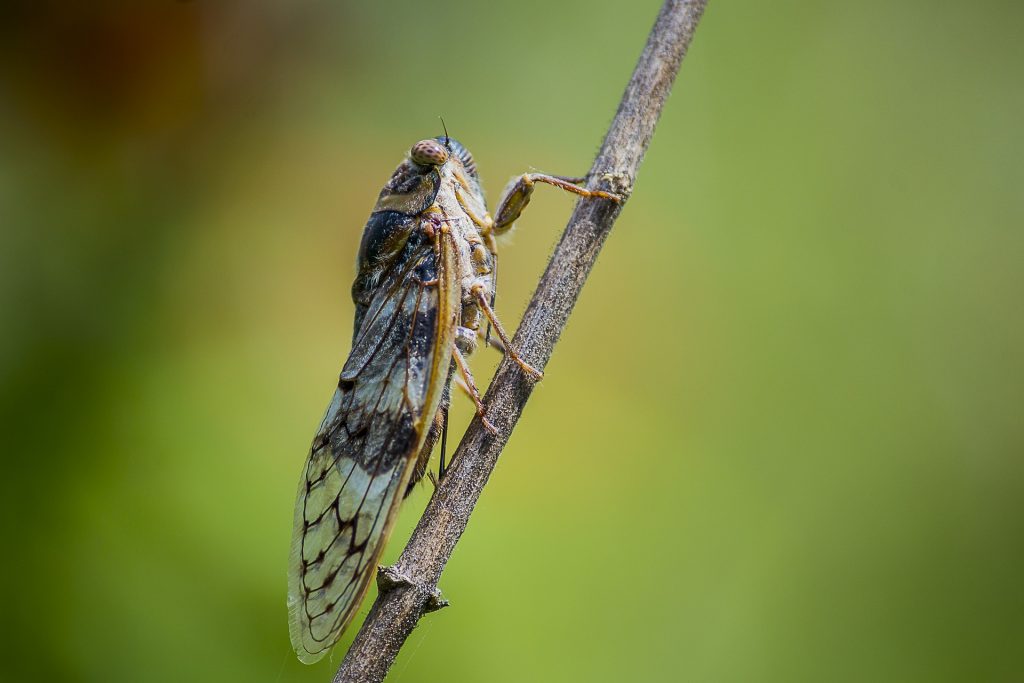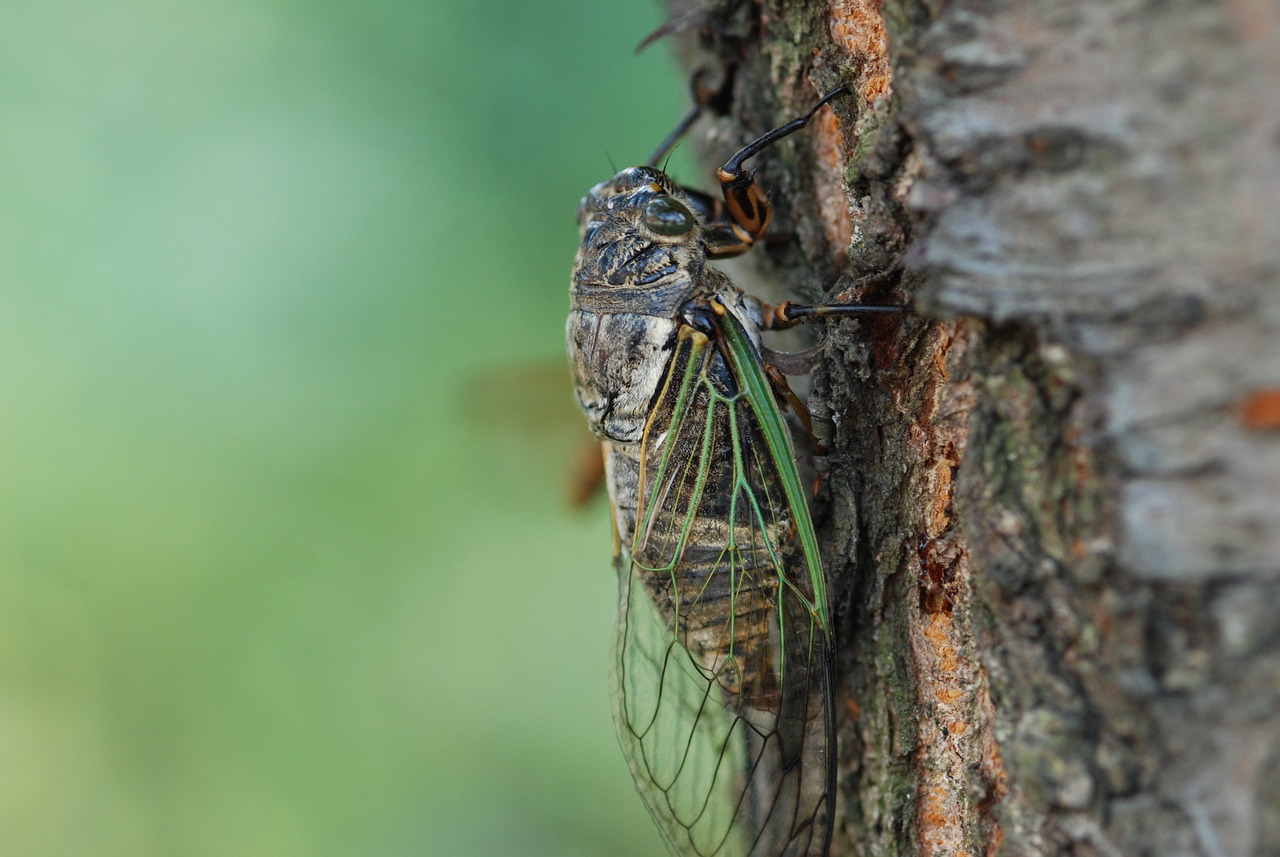Cicadas (Cicadoidea) are fascinating insects recognized for their unique appearance and distinctive songs. Found worldwide, their life cycles, particularly those of periodical cicadas, have intrigued scientists and laypeople alike. While they aren’t considered pests traditionally, their presence can be overwhelming due to their sheer numbers. Let Mint Pest Control guide you through the captivating world of cicadas.
Save 50% on Your First Treatment
Contact Us Today to Claim Your Savings - Limited Time Only
For a Faster Quote
Call (888) 739-9099


